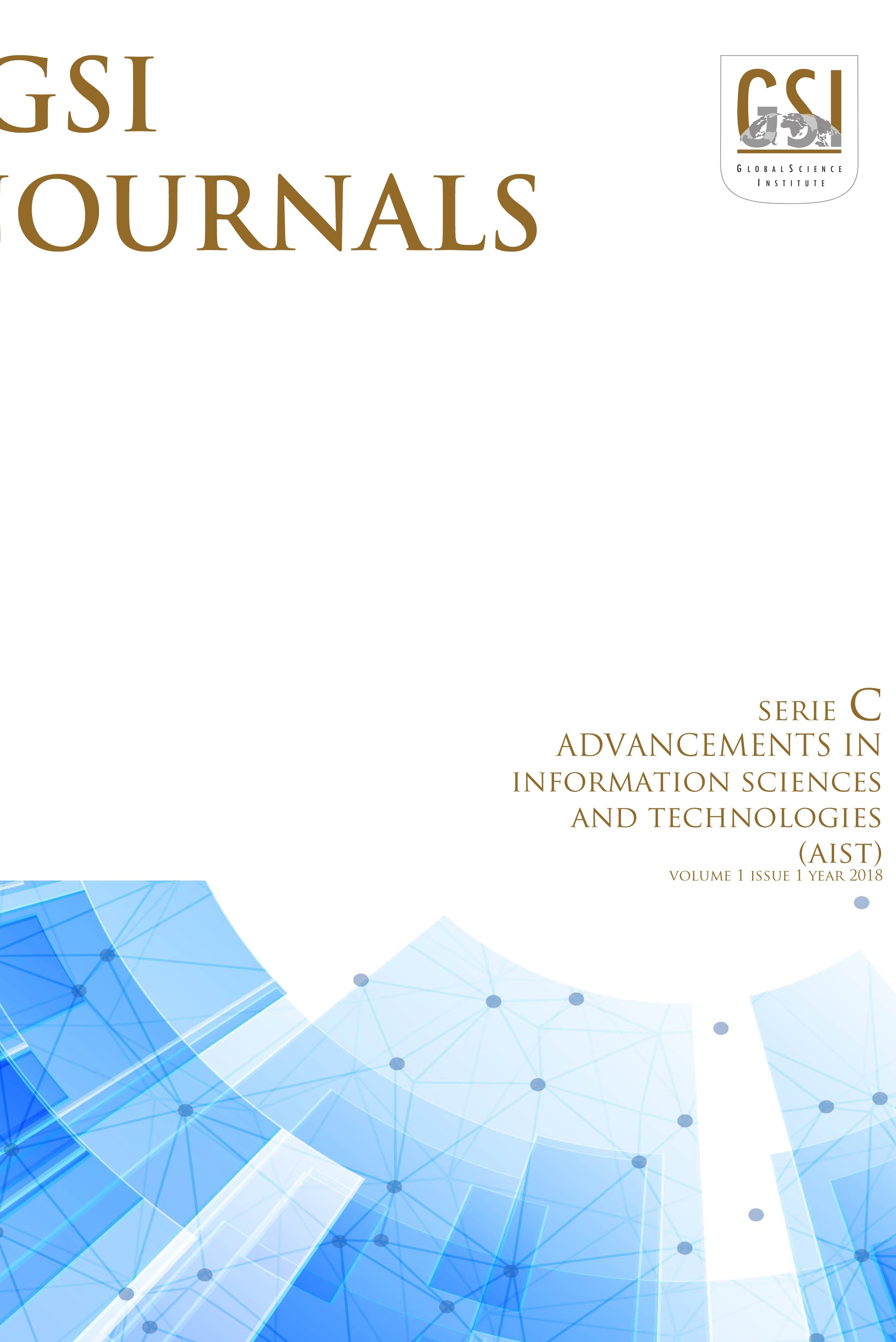Ağırlıklı Hiyerarşi Sürecinin (AHS) Coğrafi Bilgi Sistemleri (CBS) Destekli Planlama Çalışmalarında Kullanımı
analitik hiyerarşi süreci, AHS, coğrafi bilgi sistemleri, CBS, planlama çalışmaları
The Use of Analytic Hierarchy Process (AHP) in Geographic Information Systems (GIS) Based Planning Studies
___
- Başeğmez, M., Yıldırım, V., & Bediroğlu, Ş. (2019). CBS ve AHP yöntemiyle en uygun okul yer seçimi analizi: Uşak- Merkez örneği. TMMOB 6. Coğrafi Bilgi Sistemleri Kongresi, October.
- Bozdağ, A., Yavuz, F., & Günay, A. S. (2016). AHP and GIS based land suitability analysis for Cihanbeyli (Turkey) County. Environmental Earth Sciences, 75(9). https://doi.org/10.1007/s12665-016-5558-9
- Brunneli, M. (2015). Introduction to the Analytic Hierarchy Process. In SpringerBriefs in Operation Research.
- Bunruamkaew, K., & Murayama, Y. (2011). Site suitability evaluation for ecotourism using GIS & AHP: A case study of surat Thani Province, Thailand. Procedia - Social and Behavioral Sciences, 21, 269–278. https://doi.org/10.1016/j.sbspro.2011.07.024
- Chandio, I. A., Matori, A. N. B., WanYusof, K. B., Talpur, M. A. H., Balogun, A. L., & Lawal, D. U. (2013). GIS-based analytic hierarchy process as a multicriteria decision analysis instrument: A review. Arabian Journal of Geosciences, 6(8), 3059–3066. https://doi.org/10.1007/s12517-012-0568-8
- Chandio, I. A., Matori, A. N., Lawal, D. U., & Sabri, S. (2011). GIS-based land suitability analysis using AHP for public parks planning in Larkana City. Modern Applied Science, 5(4), 177–189. https://doi.org/10.5539/mas.v5n4p177
- Cheng, E. W. l., li, H., & ho, D. C. k. (2002). Analytic hierarchy process (AHP):A defective tool when used improperly. Measuring Business Excellence, 6(4), 33–37. https://doi.org/10.1108/13683040210451697
- Erol, V., & Başlıgil, H. (2005). Analytic Hierarchy process and Artificial Neural Networks Model for Management Information Systems Software Selection in Companies. Sigma Journal of Engineering and Natural Sciences, 4, 107–120.
- Gümüş, M. G., Balta, M. Ö., & Durduran, S. S. (2019). Coğrafi Bi̇lgi Si̇stemleri̇ne Dayalı Çok Kri̇terli̇ Karar Verme Tekni̇kleri̇ İle Alışveri̇ş Merkezi̇ Kuruluş Yeri Seçi̇mi̇: Ni̇ğde Örneği̇. Ömer Halisdemir Üniversitesi Mühendislik Bilimleri Dergisi, 8(1), 134–146. https://doi.org/10.28948/ngumuh.495245
- Kordi, M. (2008). Comparison of fuzzy and crisp analytic hierarchy process ( AHP ) methods for spatial multicriteria decision analysis in GIS. Decision Analysis, September, 1–55.
- Lee, G. K. L., & Chan, E. H. W. (2008). The analytic hierarchy process (AHP) approach for assessment of urban renewal proposals. Social Indicators Research, 89(1), 155–168. https://doi.org/10.1007/s11205-007-9228-x
- Özşahin, E. (2014). Coğrafi bilgi sistemleri ve analitik hiyerarşi süreci kullanılarak antakya şehrinde kütle hareketleri duyarlılığının değerlendirilmesi. Ege Coğrafya Dergisi, 23(2), 19–35.
- Palka, G., Oliveira, E., Pagliarin, S., & Hersperger, A. M. (2020). Strategic spatial planning and efficacy: an analytic hierarchy process (AHP) approach in Lyon and Copenhagen. In European Planning Studies. https://doi.org/10.1080/09654313.2020.1828291
- Piantanakulchai, M., Saengkhao, N., & Student, G. (2003). Evaluation of alternatives in transportation planning using multi - stakeholders multi - objectives AHP modeling. Proceedings of the Eastern Asia Society for Transportation Studies, 4(May), 1613*1628.
- Ramanathan, R. (2001). A note on the use of the analytic hierarchy process for environmental impact assessment. Journal of Environmental Management, 63(1), 27–35. https://doi.org/10.1006/jema.2001.0455
- Ranasinghe, G., & De Silva, L. (2016). Application of Analytic Hierarchy Process (AHP) in Evaluating the Achievement Level of Objectives of Urban Development Plan. International Journal of Built Environment and Sustainability, 3(2), 79–85. https://doi.org/10.11113/ijbes.v3.n2.123
- Saaty, R. W. (1987). The analytic hierarchy process-what it is and how it is used. Mathematical Modelling, 9(3–5), 161–176. https://doi.org/10.1016/0270-0255(87)90473-8
- Saaty, T. L. (1980). The Analytic Hierarchy Process. McGraw-Hill.
- Shim, J. P. (1989). Bibliographical research on the Analytic Hierarchy Process (AHP). Socio-Economic Planning Sciences, 23(3), 161–167. https://doi.org/10.1016/0038-0121(89)90013-X
- Singh, M. P., Singh, P., & Singh, P. (2019). Fuzzy AHP-based multi-criteria decision-making analysis for route alignment planning using geographic information system (GIS). In Journal of Geographical Systems (Vol. 21, Issue 3). Springer Berlin Heidelberg. https://doi.org/10.1007/s10109-019-00296-0
- Sipahi, S., & Timor, M. (2010). The analytic hierarchy process and analytic network process: An overview of applications. Management Decision, 48(5), 775–808. https://doi.org/10.1108/00251741011043920
- Vahidnia, M. H., Alesheikh, a, Alimohammadi, a, & Bassiri, a. (2008). Fuzzy analytical hierarchy process in GIS application. The International Archives of the Photogrammetry, Remote Sensing and Spatial Information Sciences, 37(B2), 593–596.
- Vaidya, O. S., & Kumar, S. (2006). Analytic hierarchy process: An overview of applications. European Journal of Operational Research, 169(1), 1–29. https://doi.org/10.1016/j.ejor.2004.04.028
- Vargas, L. G. (1990). An overview of the Analytic Hierarchy: Process and its applications. European Journal of Operational Research, 48, 2–8.
- Wei, L., Li, H. L., Liu, Q., Chen, J. Y., & Cui, Y. J. (2011). Study and implementation of fire sites planning based on GIS and AHP. Procedia Engineering, 11, 486–495. https://doi.org/10.1016/j.proeng.2011.04.687
- Yayın Aralığı: Yılda 2 Sayı
- Başlangıç: 2018
- Yayıncı: Hilmi Rafet YÜNCÜ
Ceren ÖZCAN TATAR, Emrah YILMAZ, Barış LAFCI, Talha AKSOY
Coğrafi Bilgi Sistemlerinin Türkiye’deki Tarihsel Gelişimi Ve Mevcut Durumu
Ceren ÖZCAN, Emrah YILMAZ, Barış LAFCI, Tuncay KÜÇÜKPEHLİVAN, Talha AKSOY, Balca AĞAÇSAPAN, Serhat SARI
Blokzincir Uygulamaları ve Gelecek Öngörüleri
Mobilya ve Enstalasyon Etkileşiminde Bilgisayar Destekli Uygulamalar
Seda CANOĞLU, Özlem MUMCU UÇAR
Elektrikli Araçlar ve Şarj İstasyonlarının Konumlandırılması
Merve DEMİRTAŞ, Emrah YILMAZ, Ceren ÜNAL, Tuncay KÜÇÜKPEHLİVAN, Balca AĞAÇSAPAN, Talha AKSOY
